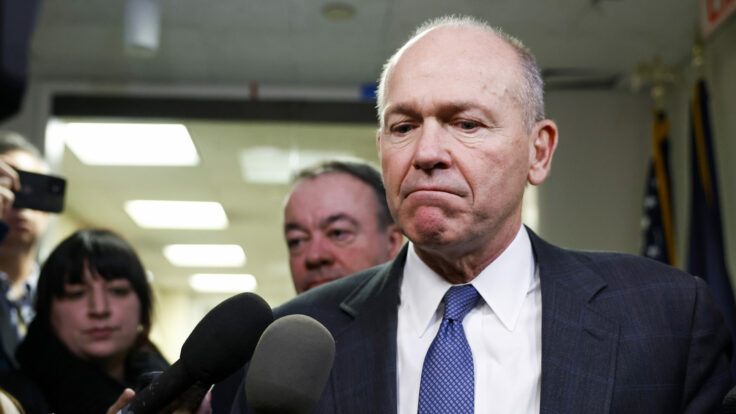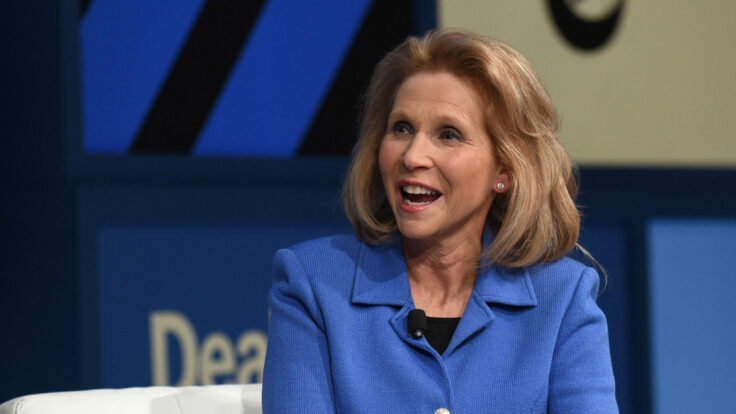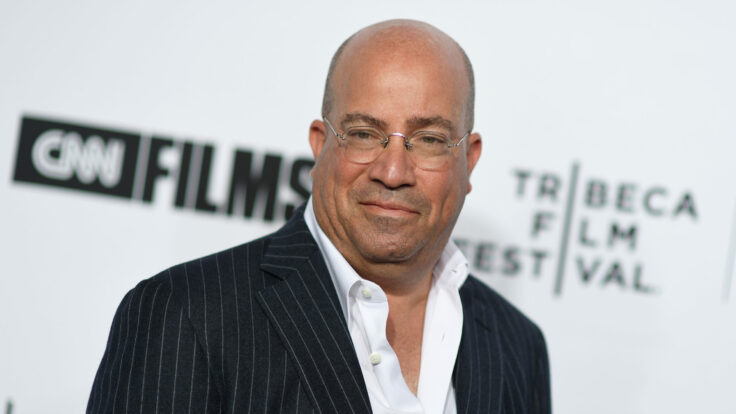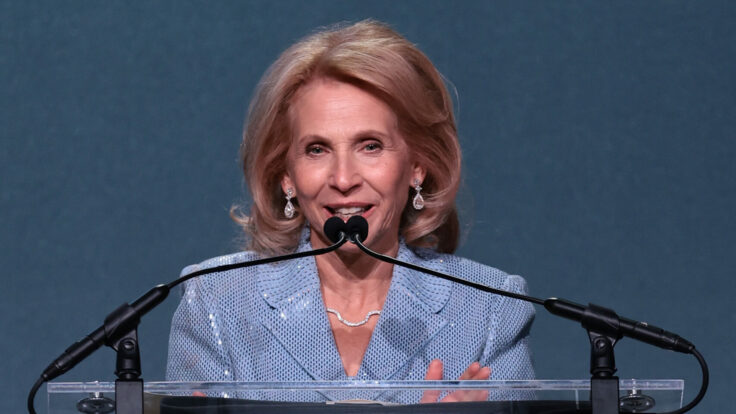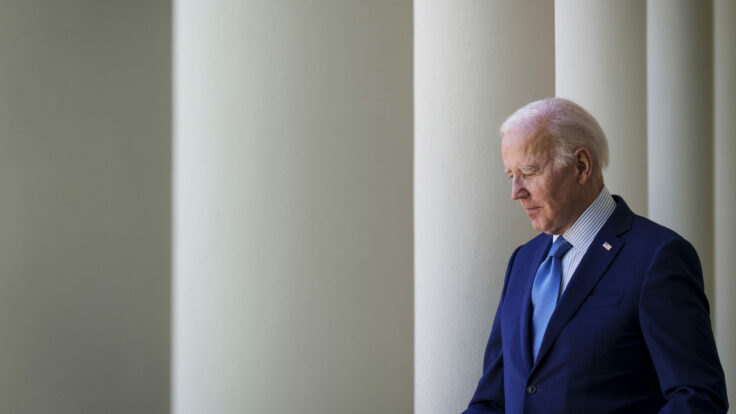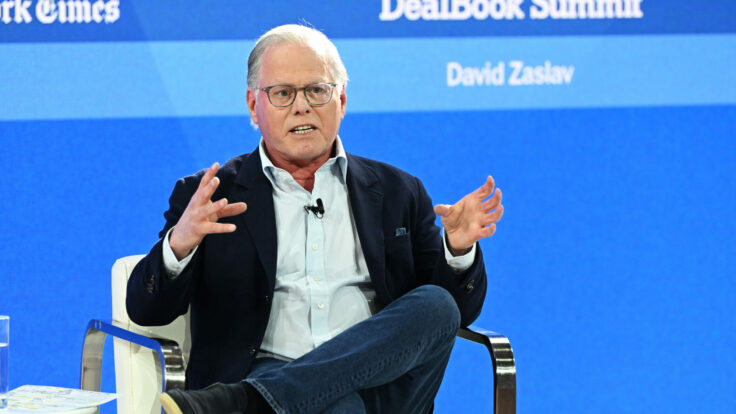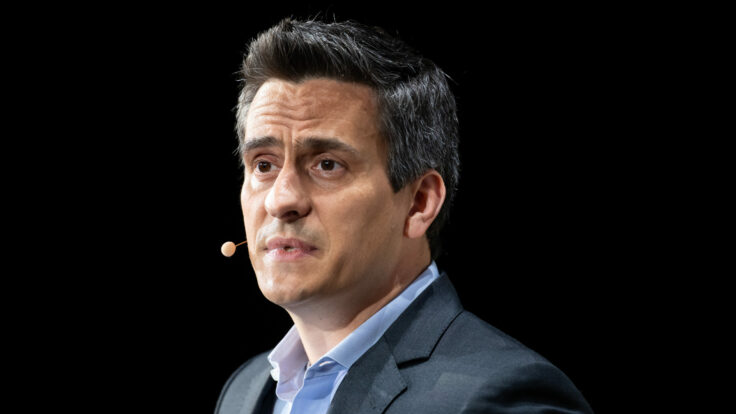Once upon a time, when Lazard was a private partnership, as it was for the first 157 years of its nearly 175-year existence, and when the late Michel David-Weill, the last scion of the founding family, was still running the bank, it was not uncommon for a partner to have a bad year. Maybe his or her clients weren’t doing deals; maybe the M&A market was in the doldrums. Maybe he or she had momentarily lost their touch. Whatever the reason for the production hiccup, Michel, in his paternalistic, Parisian way, would decide to carry that partner from one year to the next, with the expectation that at some point his or her fecundity would pick up again.
In other words, Michel would still pay the guy, even though he probably didn’t deserve a bonus, or worse, should probably have been fired outright. But Michel didn’t do that. He paid them pretty darn well during a bad year, figuring at some point the person would return to the production levels of another time. He rarely fired a partner from the firm, which explains in large part why, during my six years at Lazard, from 1989 to 1995, there were something like 72 partners in banking and 72 non-partners in banking doing their work.









